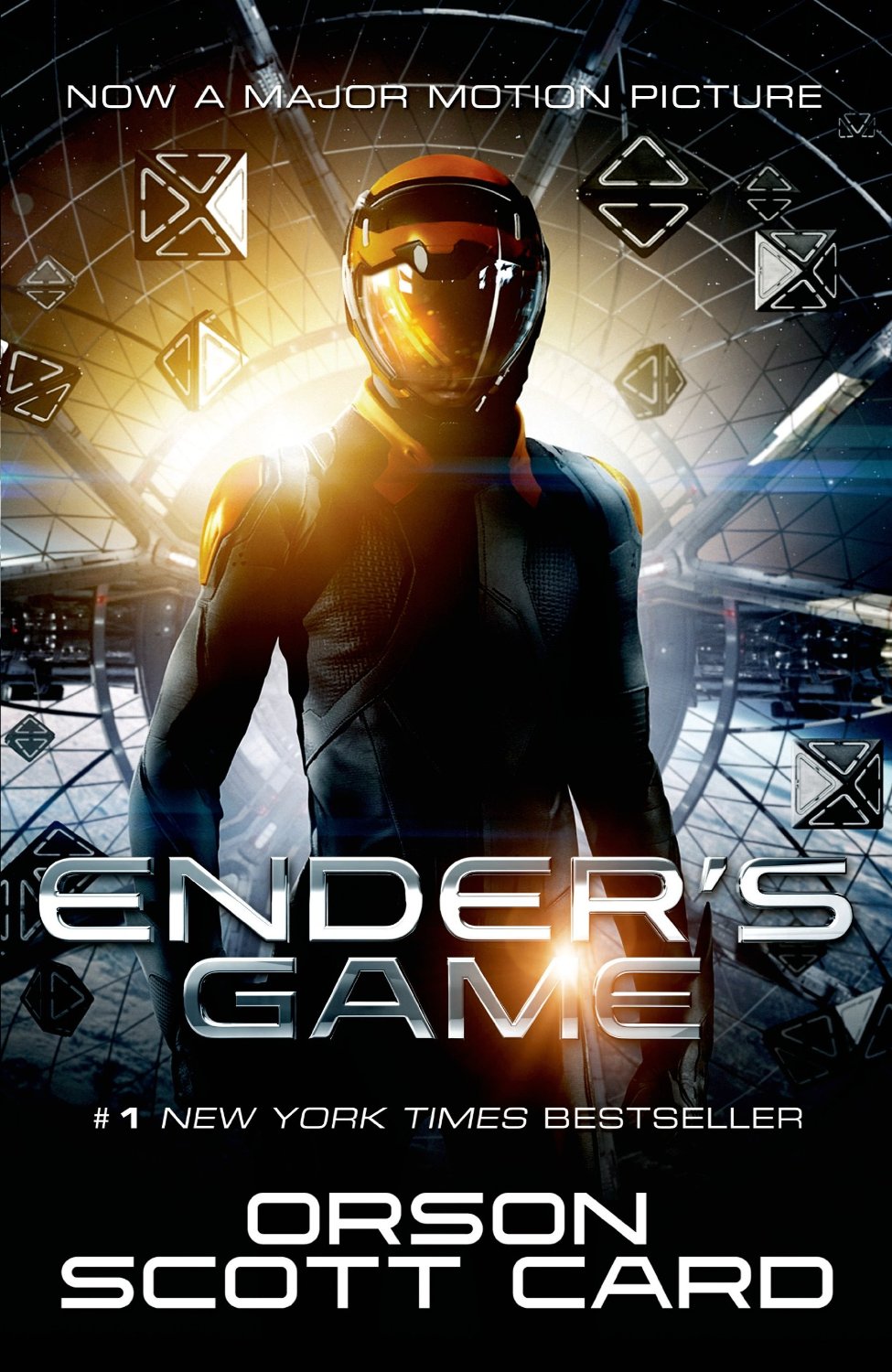Ender’s Game – Book Review
I give this book 4.5 buggers out of 5.
By Orson Scott Card
If you are a science fiction fan, and haven’t heard of this book, or this movie, I guess I don’t know where you’ve been. Don’t be offended, I know you’ve likely had your head in the Dune series, or the Foundation series, or most likely the Song of Ice and Fire books. My point is, you’ve probably heard of this book. While the novel was originally written in 1985, it has gone on to reinvent itself in comic form, movies, and various other formats. That’s a lot of success for a book that originally started out as a short story published in Analog Magazine in August of 1977. Ender’s Game starts out in an interesting way, really, defying conventional writing wisdom. The whole first part of Chapter 1 is dialogue. “I’ve watched through his eyes, I’ve listened through his ears, and I tell you he’s the one. Or at least as close as we’re going to get.” The reason that is a powerful introduction is because it makes the reader feel like he’s eavesdropping on an interesting conversation. It’s sneaky, and that’s fun, isn’t it, when we get away with it?
Orson Scott Card sets up a futuristic world in which the human race, while still scarred, has survived an invasion from the intergalactic Formics, also known as the Buggers. The bug-like alien race that surprised us, and tried to end us. As a result, the International Fleet (IF) was formed, and given great power. Fundamentally, the IF was tasked with not only protecting the planet, but finding our savior, the next Mazer Rackham. Mazer was the one that saved us from the Buggers last time. He was a brilliant warrior, and a rare breed. When the IF finds good candidates, it ships them off to Battle School somewhere out in space. This is a zero gravity training ground for young children. They grow up at the Battle Station until they “ice out,” or are otherwise removed. The book starts out following Andrew Wiggins, nicknamed “Ender,” a boy with a “monitor” installed in the back of his neck. This is the primary method that the IF uses to monitor potential candidates for Battle School. (This is also what was implied in that first bit of dialogue early in the article. This is how they watched him.) Ender learns that his monitor has to be removed, a sure sign that he is no longer in consideration for Battle School. He would be considered a washout, just like his brother and sister. This is a personal, and social disappointment. Moreover, Ender is concerned that he will no longer be under the watchful eye of the IF from a personal safety perspective. There’s a group of boys at school that would love to hurt him. As the story progresses, so does this eventual conflict. Ender ends up defending himself against these boys, and he takes out their leader, known as Stilson. Only later is it revealed how extensive his injuries were. This is the inciting incident for the IF to reach out to Ender and his parents. Apparently, there were still monitoring Ender, without the “monitor.”
[pullquote]”I’ve watched through his eyes, I’ve listened through his ears, and I tell you he’s the one. Or at least as close as we’re going to get.”[/pullquote]
They ask him a series of psychologically probing questions. They analyzed him. Why would Ender fight so hard, and kept going after Stilson once he was down? Why not just run away? The answer to these questions would be his ticket into Battle School. To this point, I haven’t mentioned Ender’s relationship with his sister Valentine, or his brother Peter. But that isn’t to indicate a lack of importance. Their relationship, and how Orson Scott Card juxtaposes their extremely contrasting personalities is a key plot thread throughout the story. While they are all supremely intelligent, Valentine is the docile, yet clever one, and Peter, the conniving one, has violent tendencies. Ender is somewhere between, and this too was a factor in his acceptance to Battle School. Once at Battle School Ender begins a process of self-discovery. He has ups and downs, and amazing experiences. Card does a great job of adding tension to one part of the story, while alleviating it on another. All of this leads up to a great twist ending that, no doubt, has contributed to this book’s popularity. This has spawned into multiple series of books that I count at over 11 at the time of this writing. That doesn’t include the comics or other channels Card has explored with the universe he’s created–which fans affectionately all the Enderverse. If you like sci-fi and you haven’t given this series a shot. You’ll likely enjoy it. Millions of other readers have.














